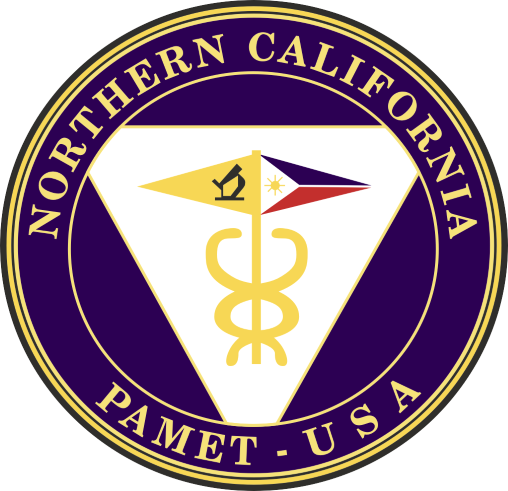A Look At Current and Future Screening Biomarkers
Excerpts from Clinical Lab News Volume 38, No.8, Aug. 2012
By Leticia M. Acosta, CLS-Biochem., MS
According to the American Cancer society, prostate cancer (PCa) is the second most common type of cancer found in American men and the second leading cause of cancer death after lung cancer, with approximately 241,000 new cases reported in 2011. It is estimated that annually one in six men will be diagnosed with PCa, yet only in 36, or approximately 34,000, is expected to die of the disease. Because PCa is typically not lethal, more men die with their disease than from it, making PCa management costly.
Today, blood tests for prostate specific antigen (PSA) are widely used to screen PCa. This article will describe the current controversies in using this tumor biomarker and introduce two very different novel markers for detecting PCa : a proP-SA isoform of free PSA and PCA3, a nucleic acid marker.
The PCa Diagnostic Dilemma:
While detecting PCa benefits many men, the blood test most frequently used to detect the disease, PSA , is less than perfect. The controversy over PSA screen was rekindled recently when the U.S. Preventive Services Task Force released an updated statement on PSA testing for men with a “0” rating, recommending for the first time that healthy men avoid getting regular PSA tests. There is limited specificity of PSA for detecting PCa. Depending on the clinical setting, the cancer positivity rate of typical prostate biopsies from men with elevated PSA levels is only 20-40%. In other words, as many as four out of five biopsies result in negative findings for PCa.
Every year in the U.S., as many as 750,000 prostate biopsies are NEGATIVE. These negative biopsies come with significant cost to the healthcare system, as swell as considerable medical risks to the patient. The procedure poses significant bleeding and infection.
When a prostate biopsy is positive for cancer, the dilemma becomes how to appropriately manage the man’s treatment. A high-grade cancer (GS equal to or more than 7) should prompt consideration of aggressive treatment options. But the decision whether to treat a low-grade cancer, is less clear. Even some GS7 cancers can be managed with conservative treatment. Many of these cancers do not kill men over a 10-20 year time period, and physicians have many treatment options available. Therefore, the challenge is how to make PSA a better marker for significant PCa.
In 1966, the Food and Drug Administration (FDA) first approved PSA as a biomarker for monitoring men with PCa. ln1994, it was approved for pea screening. Research showed that the rate of PSA in-crease- the velocity or doubling time-appeared to be an important indicator of significant disease. After considerable re-search, the diagnostic performance of PSA today does not match, for example that of cardiac troponin in diagnosing acute myocardial infarctions.
Does PSA Screening Save Lives?
A number of powered studies have demonstrated that PSA increases the number of cancers detected while they are still localized, thereby increasing life expectancy for men with the disease. However, in the 2000s, investigators initiated several studies. The authors reported that the rate of deaths did not differ between screened and non-screened groups. The second multi-centric study, the European Group who worked for 9 years concluded that PSA based screening reduce the rate of death from pea by 200/0 but was associated with a high risk of over-diagnosis. In light of the limitations of PSA as a pea detection tool, much effort has been focused over the years on alternate biomarkers to supplement, or even replace the PSA as a tumor detection tool.
Isoforms of Free PSA
PSA exists in two different forms in se-rum: a complex of PSA and alpha-1-antichymotrypsin (complexed PSA ), and a free form, not bound to an inhibitor (free PSA). Researchers demonstrated that free PSA was higher in benign tumors and lower in cancerous tumors. thereby improving the biomarker’s specificity for Pea. Research showed that free PSA is three different molecules, all enzymatically inactive. The pro-enzyme form of PSA is termed proPSA. This looks promising as a tool for screening men for Pea.
PCA3RNA
Proteins are not the only type of marker being investigated for more specific detection of PCa. Researchers identified prostate cancer gene 3 (PCA3), first known as 00#, using display analysis to compare the mRNA expression patterns of normal versus tumor tissue of the human prostate. It is over expressed in 95% of prostate cancers tested, compared with adjacent non-neoplastic prostatic tissue. Earlier this year, the FDA approved the first molecular test based on PCA3, the PROGENSA PCA3 test, intended to aid in the decision for repeat biopsy in men 50 years or older who have had one or more previous negative prostate biopsies.
Future research will undoubtedly focus on combinations of protein and nucleic acids markers to add to the initial information provided by total PSA. It will take time for physicians to gain comfort in making decisions with these new tools, but clearly there is a real need for better biomarkers for PCa.
Leticia M. Acosta,
CLS-Biochem., MS




Hi! I just wanted to ask if you ever have any problems with hackers? My last blog (wordpress) was hacked and I ended up losing many months of hard work due to no data backup. Do you have any solutions to stop hackers?
WordPress is a secure platform but can be made insecure by user activities. Make sure to have your WordPress core files, plugin and themes updated regularly. Use strong usernames and passwords. Download WordPress themes and plugins from trusted sources. Check out https://wordpress.org/about/security/ for more information.